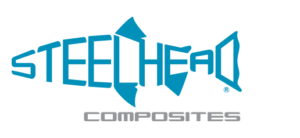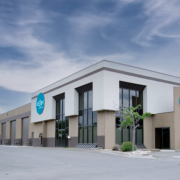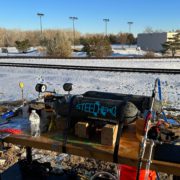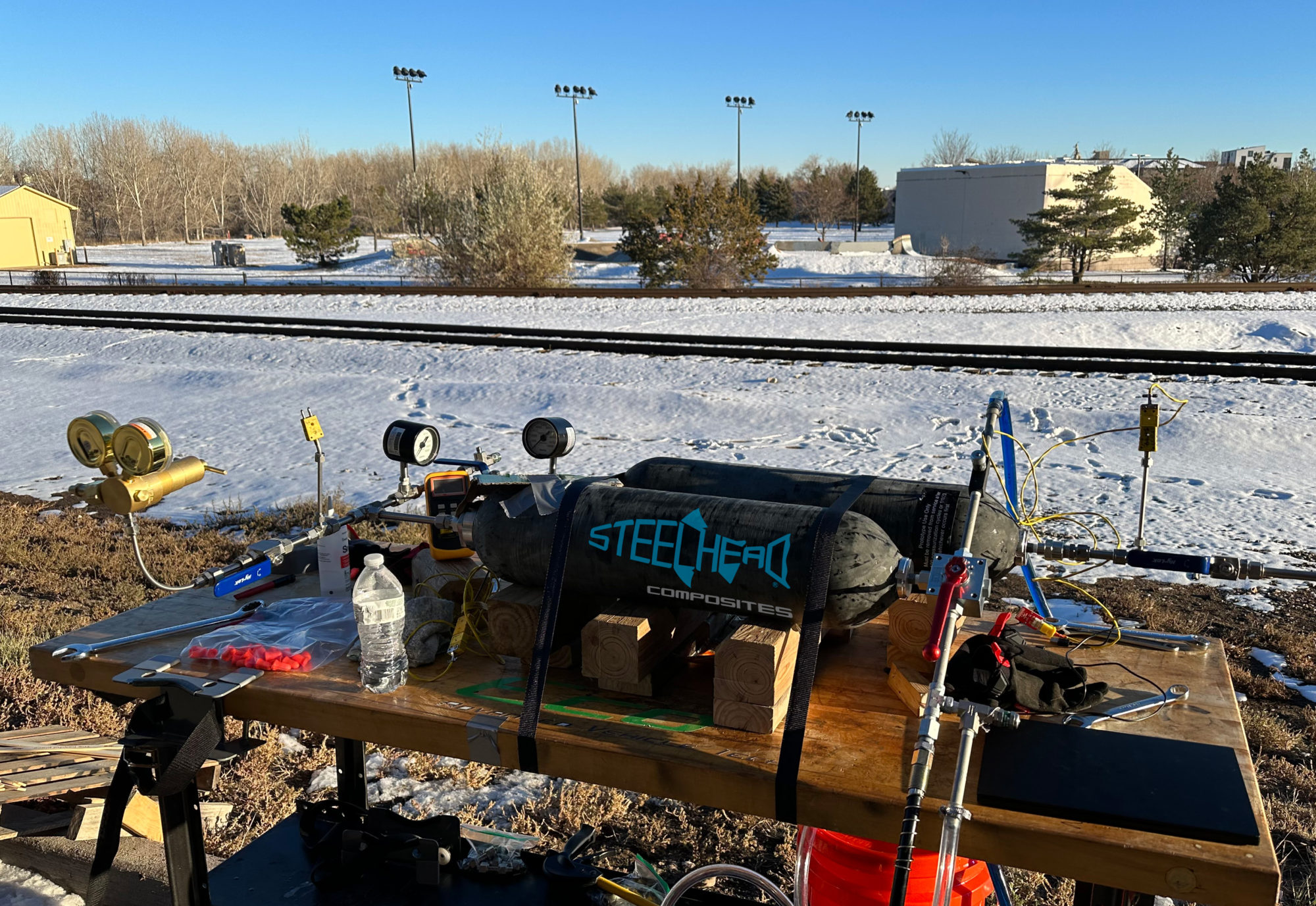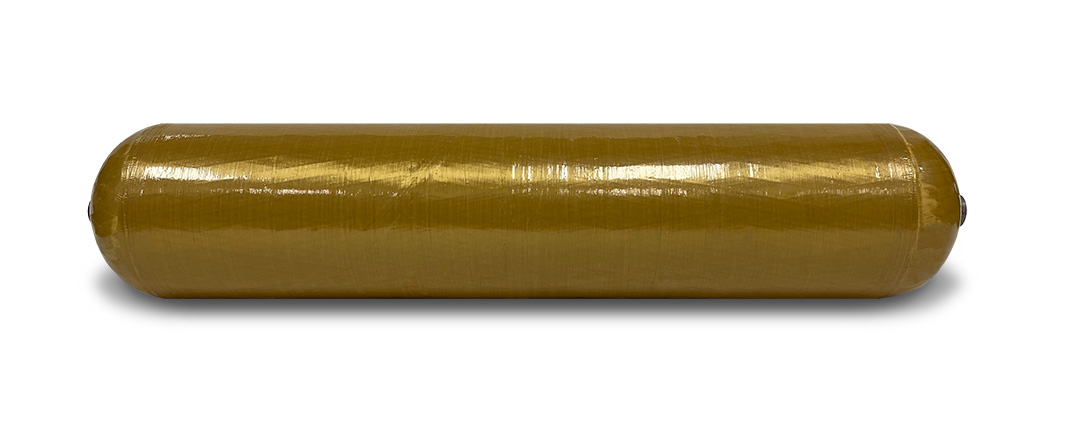Steelhead Composites Doubles Manufacturing Footprint to Meet Demand for Hydrogen Storage
GOLDEN, Colo., Nov. 2, 2021 — Steelhead Composites, a global leader in hydrogen storage solutions, today announced expansion to a second facility in Wheat Ridge, Colorado primarily for manufacturing composite overwrapped pressure vessels (COPVs) for compressed hydrogen storage. The facility has been approved in the company’s ISO 9001, AS9100 and ISO 14001 quality and environmental management systems.
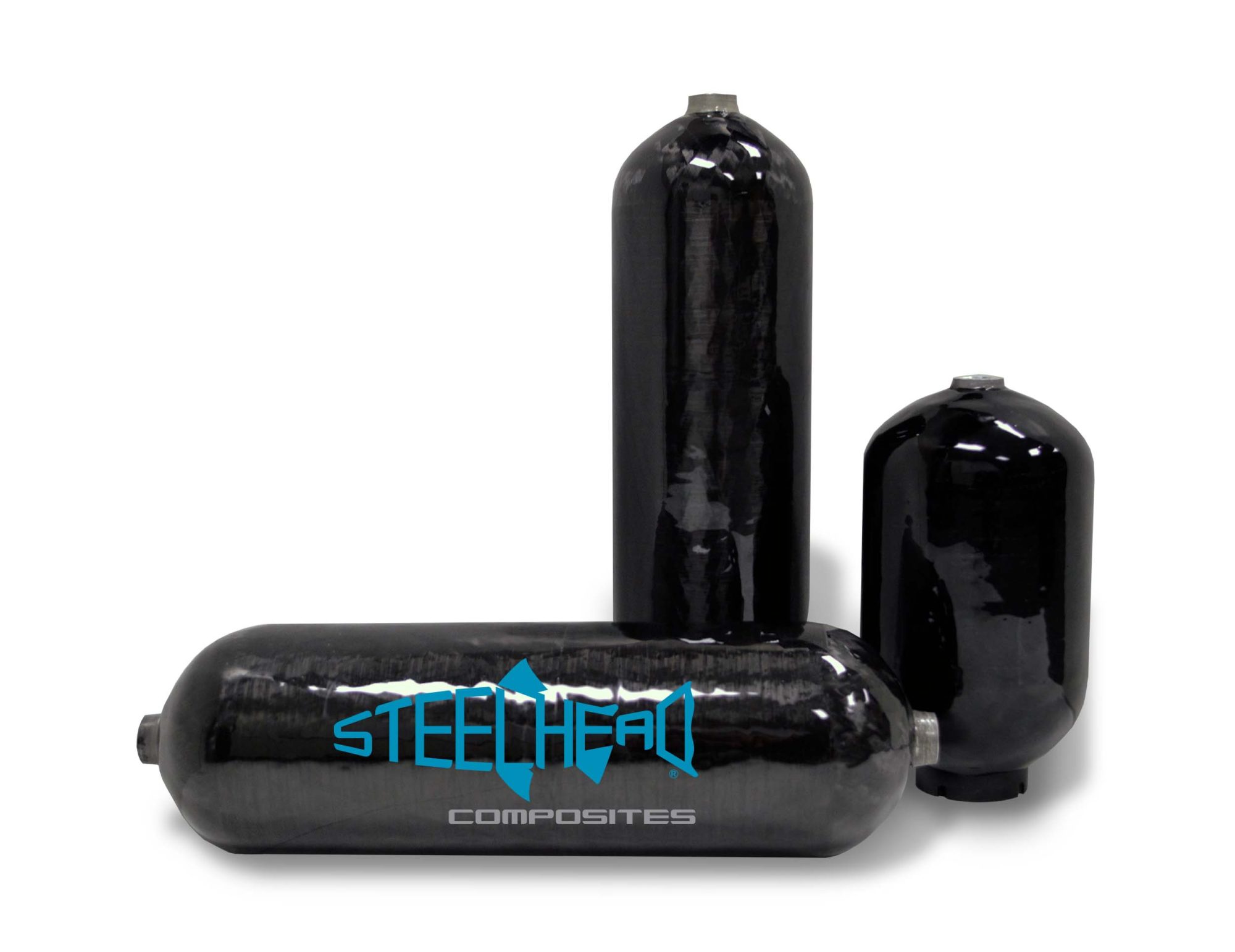
Steelhead Composites manufactures pressure vessels in a variety of sizes, shapes, and pressures to meet their customer’s needs. These lightweight tanks are used in a variety of industries like space, aviation, ground transportation, marine, rail, medical, storage, and more. They are extremely durable and hold a variety of compressed gasses including hydrogen, natural gas, oxygen, helium, and more.
Using advanced, state-of-the-art manufacturing equipment, Steelhead has doubled annual capacity with new testing, automation, filament winding and plastic molding. Their in-house liner manufacturing of both polymeric lined (Type IV) and metal lined (Type III) vessels allows customers access to the technology to meet their permeation, robustness, cost, size, and weight targets.
“There are intrinsic benefits of both metal-lined and plastic lined pressure vessels based on per-use case,” says Andrew Coors, CEO at Steelhead Composites “and Steelhead is unique in the world of having in-house expertise in manufacturing both classes of liner types.”
As hydrogen demand has skyrocketed in response to global efforts to decarbonize, Steelhead invested heavily to provide the most advanced hydrogen storage solutions available.
“In the last year, we have received over 1,000 hydrogen-related storage inquiries from 36 countries and as these companies need storage solutions for their zero-emission technologies.” states Marisa Veni Sundy, Director of Business Development at Steelhead Composites. “This expansion is very exciting for me as it expands Steelhead’s role in the upcoming global energy transaction,” she continues.
Steelhead will continue to offer their class-leading pressure vessels and systems for the storage and transport of compressed natural gas and other pressurized gases. The company serves a wide variety of industries including automotive, aerospace, aviation, marine, rail, and others.
About Steelhead Composites
Established in 2012, Steelhead is dedicated to the manufacturing of lightweight, high-strength cylinders used for weight-sensitive energy and fuel storage applications. Specialties include lightweight COPVs for storage and transport of hydrogen, CNG, and other pressurized gases, bladder accumulators, metallic and polymeric liners, and various accessories. Steelhead offers a full array of technical services in vessel design, metal spinforming, filament winding, prototyping, and testing of high-pressure vessels.
For more information, visit https://steelheadcomposites.com/
Media Contact:
Marisa Sundy
msundy@steelheadcomposites.com
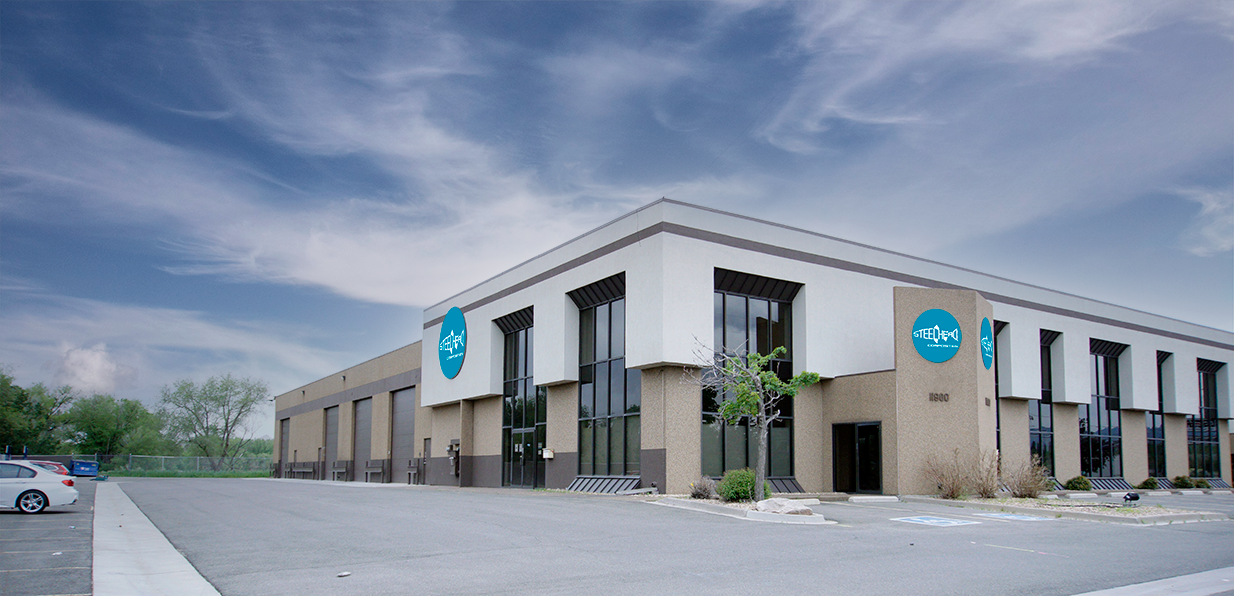
Steelhead Composites manufactures pressure vessels in a variety of sizes, shapes, and pressures to meet their customer’s needs. These lightweight tanks are used in a variety of industries like space, aviation, ground transportation, marine, rail, medical, storage, and more. They are extremely durable and hold a variety of compressed gasses including hydrogen, natural gas, oxygen, helium, and more.
